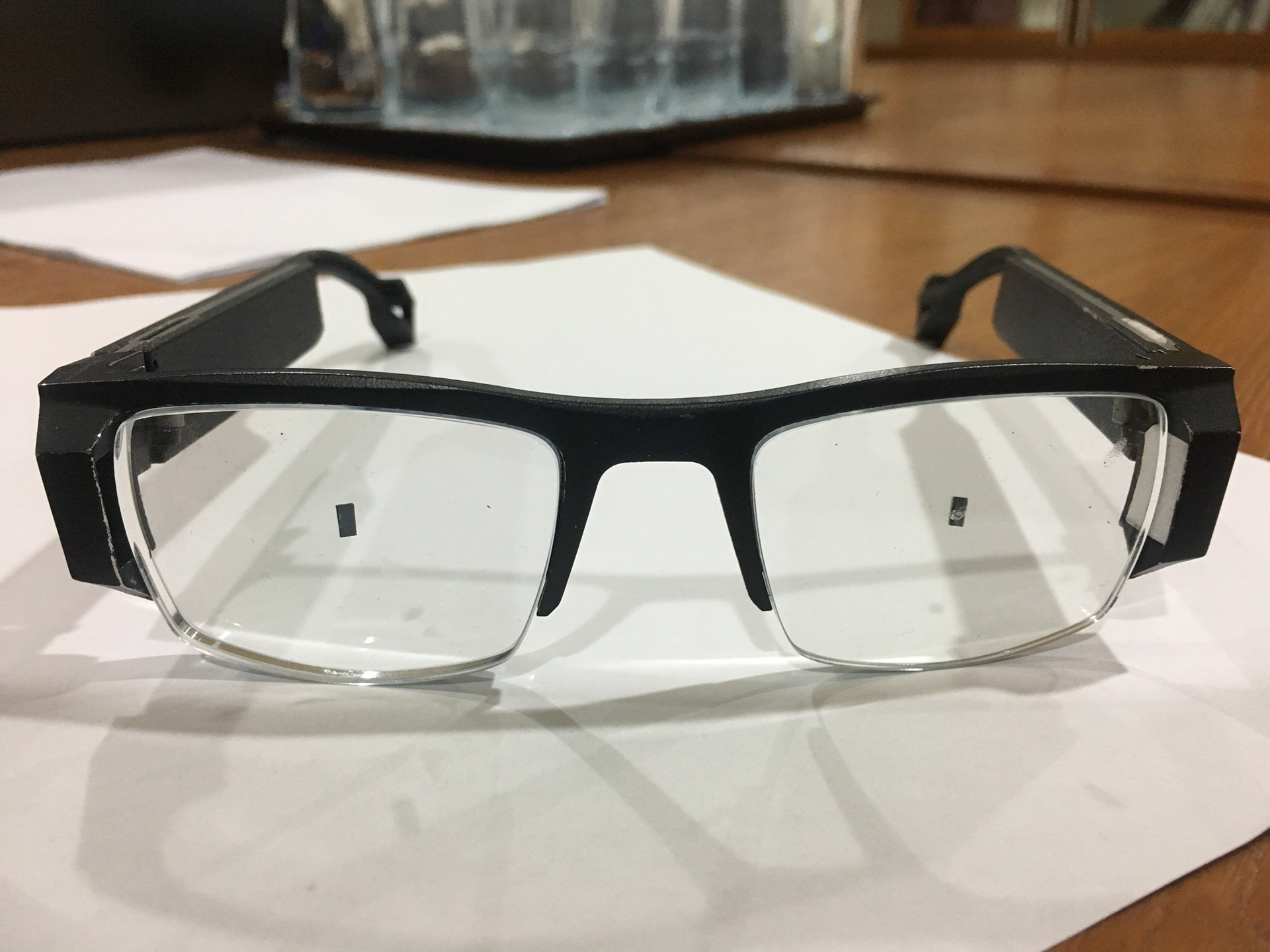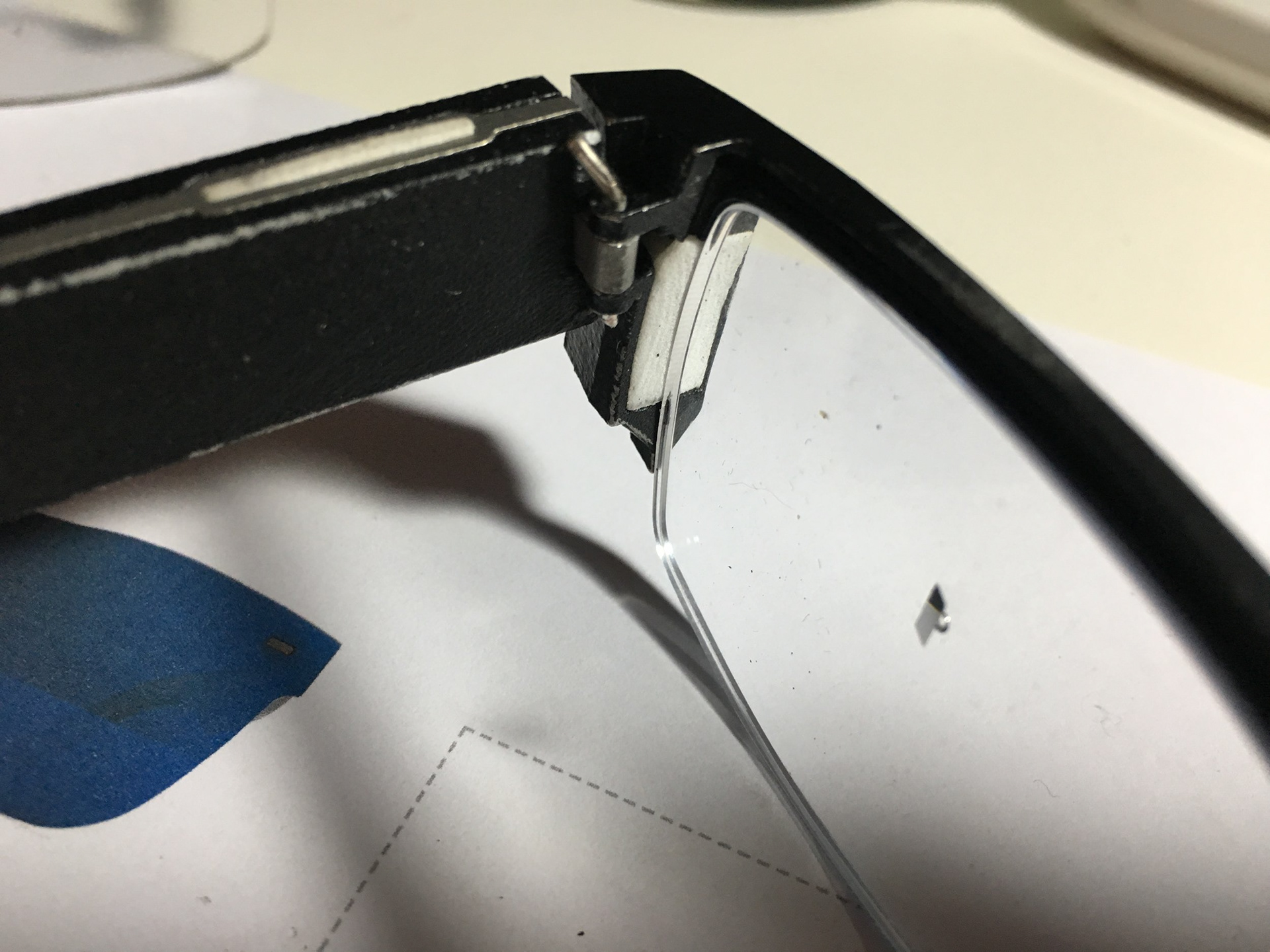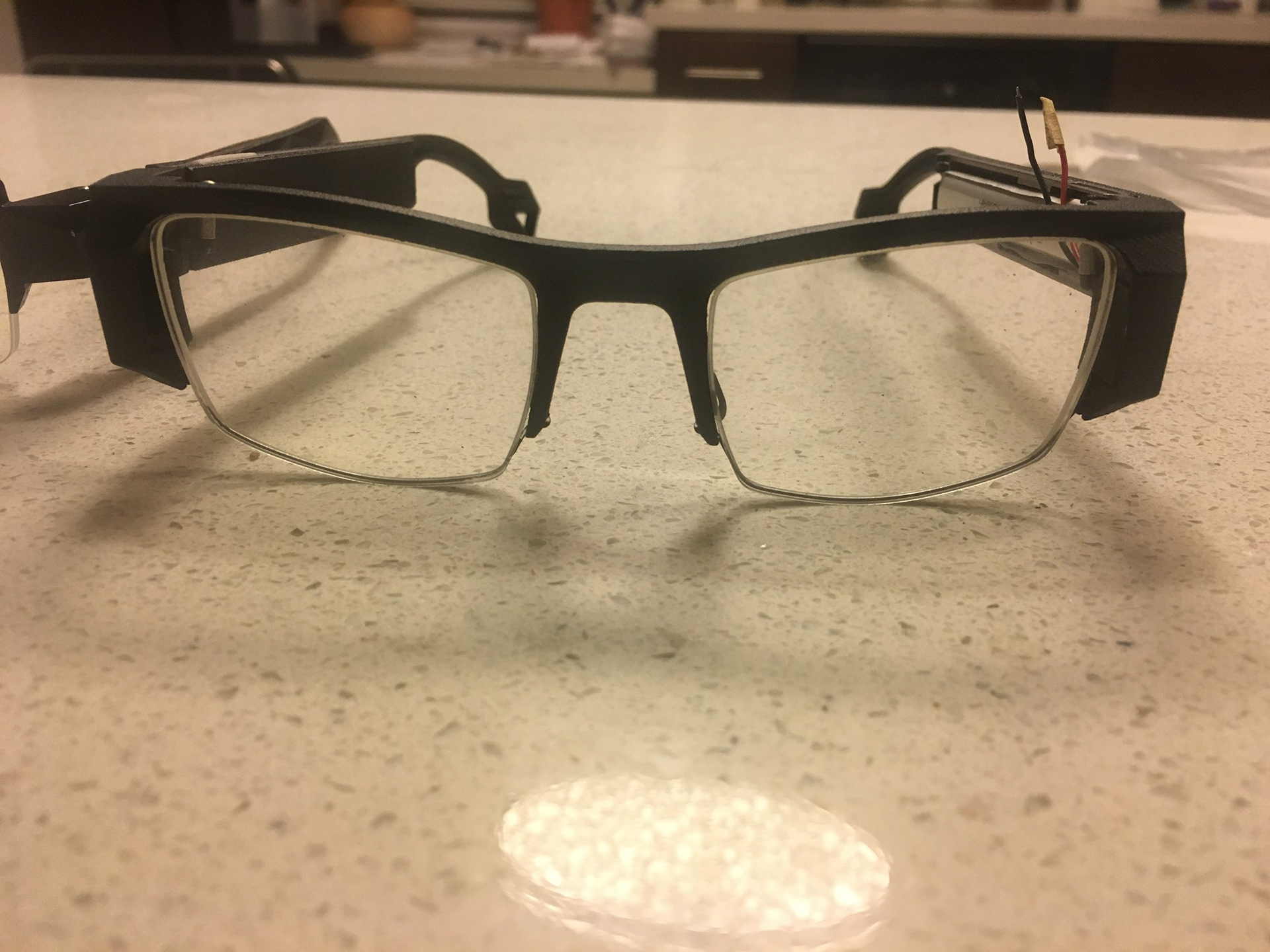Mixed Reality Eyewear IV
2016
PROJECT OVERVIEW
Mixed Reality Eyewear IV was a late-stage R&D prototype designed for private beta testing to validate key aspects of the eyewear’s form factor, comfort, and visual quality. As project lead, I prioritized refining weight distribution, frame durability, and the optical experience to ensure a functional and comfortable product. This iteration provided a realistic model of what a production-ready version could look like, using a 3D-printed frame, custom optical engines embedded within the lenses, and a custom PCB paired with an off-the-shelf battery.
Key DESIGN DECISIONS
• In-House Frame Development: I led the decision to insource frame design, enabling fast iteration cycles and control over design details. This allowed us to push the frame’s thinness to test how much we could reduce the form factor while maintaining durability. The frame’s 3D-printed structure provided flexibility for quick adjustments and testing.
• Mixed Reality Light Engine Configurations: This prototype tested two configurations—one with a single light engine and one with dual light engines. The embedded “dots” in the lenses acted as the "combiner" that our custom optical engine, projecting mixed reality content.
• • Outcome: Testing revealed that passersby generally didn’t notice whether the eyewear had one or two dots, as they blended naturally with the wearer’s iris. Given this insight, I determined that a single light engine provided sufficient visual quality and allowed us to conserve battery life (we would save a two display version for a future release).
• Right-Side Display Orientation: I opted to place the display on the right side, catering to the majority of right-handed users. This orientation was selected based on early user feedback and ergonomic considerations.
• Mixed Reality Light Engine Configurations: This prototype tested two configurations—one with a single light engine and one with dual light engines. The embedded “dots” in the lenses acted as the "combiner" that our custom optical engine, projecting mixed reality content.
• • Outcome: Testing revealed that passersby generally didn’t notice whether the eyewear had one or two dots, as they blended naturally with the wearer’s iris. Given this insight, I determined that a single light engine provided sufficient visual quality and allowed us to conserve battery life (we would save a two display version for a future release).
• Right-Side Display Orientation: I opted to place the display on the right side, catering to the majority of right-handed users. This orientation was selected based on early user feedback and ergonomic considerations.
WHY THIS MATTERS
Mixed Reality Eyewear IV was a pivotal step in advancing our product from R&D to a market-ready design. By prioritizing iterative improvements through in-house frame development and modular testing, I ensured the product met user expectations for comfort, balance, and durability. My strategic decisions to optimize battery life, streamline the design, and place the display for right-hand dominance provided the necessary specification rationale to justify trade-offs and prepare the design for scalable manufacturing with minimal adjustments. This prototype phase exemplifies my commitment to balancing innovation with practical design and scalability, ensuring our mixed reality solution meets both user needs and investor expectations.





